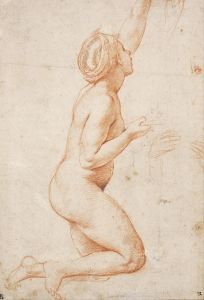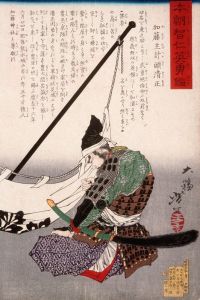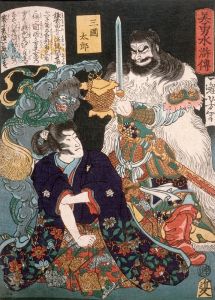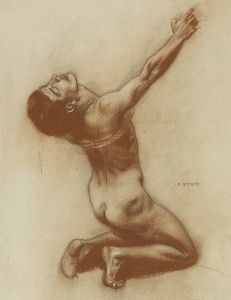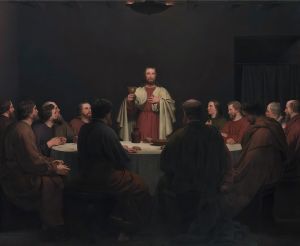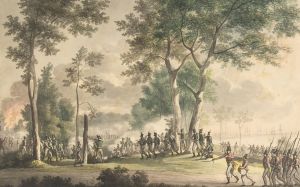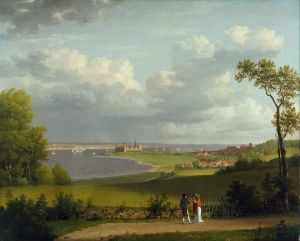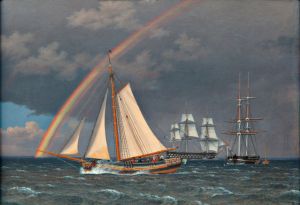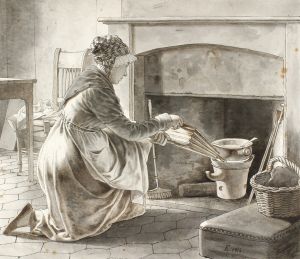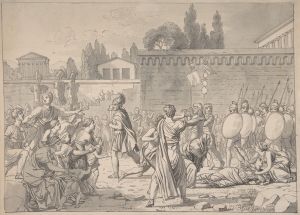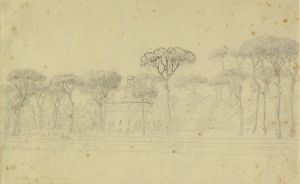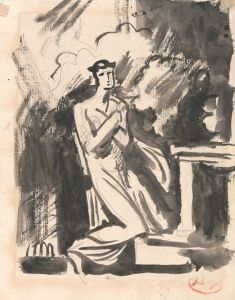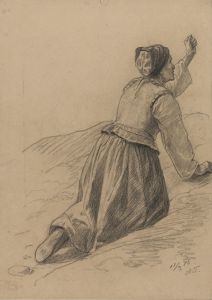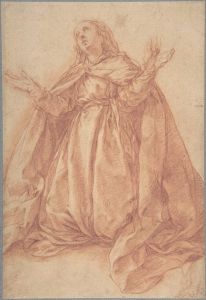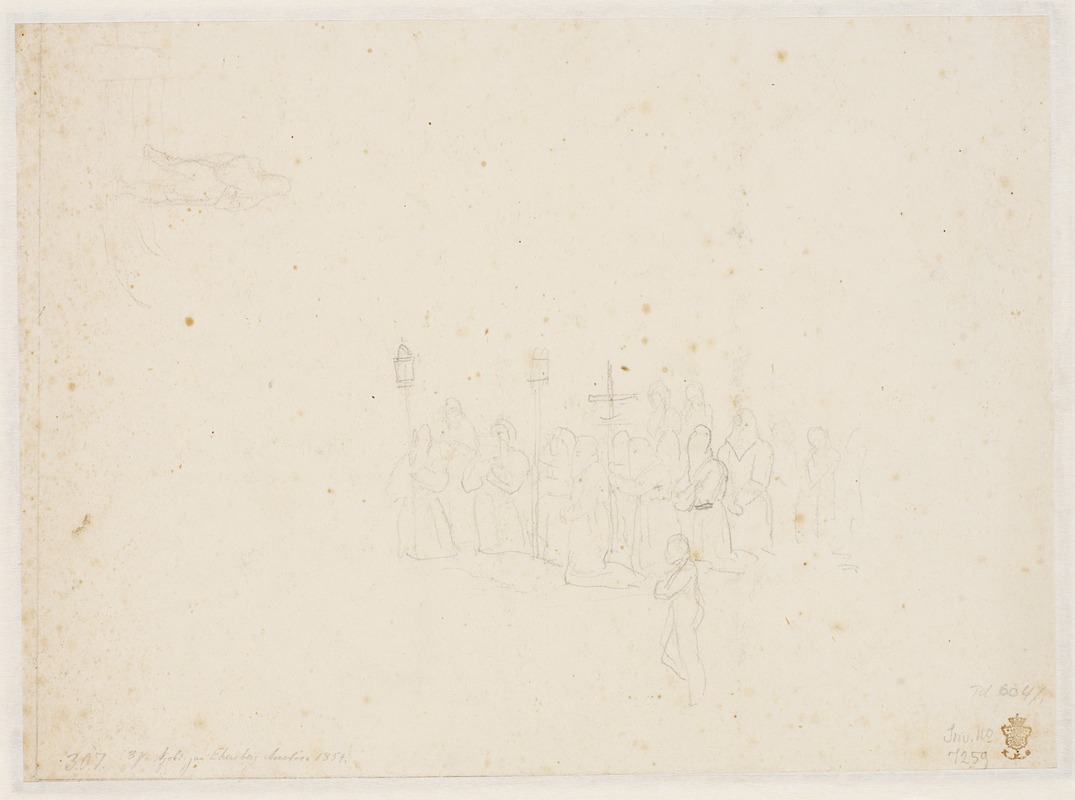
To skitser, en procession af knælende kapucinermunke og en lignende figur, der går op eller ned ad en trappe
A hand-painted replica of Christoffer Wilhelm Eckersberg’s masterpiece To skitser, en procession af knælende kapucinermunke og en lignende figur, der går op eller ned ad en trappe, meticulously crafted by professional artists to capture the true essence of the original. Each piece is created with museum-quality canvas and rare mineral pigments, carefully painted by experienced artists with delicate brushstrokes and rich, layered colors to perfectly recreate the texture of the original artwork. Unlike machine-printed reproductions, this hand-painted version brings the painting to life, infused with the artist’s emotions and skill in every stroke. Whether for personal collection or home decoration, it instantly elevates the artistic atmosphere of any space.
Christoffer Wilhelm Eckersberg, often referred to as the "father of Danish painting," was a prominent figure in the Danish Golden Age of painting. His works are celebrated for their meticulous attention to detail and their ability to capture the essence of the subjects he portrayed. One of his lesser-known works is "To skitser, en procession af knælende kapucinermunke og en lignende figur, der går op eller ned ad en trappe," which translates to "Two sketches, a procession of kneeling Capuchin monks and a similar figure going up or down a staircase."
Eckersberg was born on January 2, 1783, in Blåkrog, Denmark, and he studied at the Royal Danish Academy of Fine Arts in Copenhagen. His artistic journey took him to Paris and Rome, where he was influenced by the neoclassical style and the works of Jacques-Louis David. Eckersberg's time in Rome was particularly formative, as he developed a keen interest in perspective and the accurate depiction of architectural elements, which became a hallmark of his work.
The painting in question, "To skitser," is a testament to Eckersberg's skill in capturing human figures and architectural spaces. Although specific details about this particular work are scarce, it is known that Eckersberg often explored religious themes and the human form in his sketches and paintings. The depiction of Capuchin monks, a branch of the Franciscan order known for their simple lifestyle and dedication to prayer, suggests a focus on religious devotion and humility.
Eckersberg's ability to convey the solemnity and spirituality of the monks through their posture and the composition of the scene is indicative of his mastery in portraying emotion and narrative through art. The inclusion of a figure ascending or descending a staircase adds a dynamic element to the composition, inviting viewers to ponder the symbolic significance of movement and transition in the context of religious life.
Throughout his career, Eckersberg was dedicated to teaching and mentoring the next generation of artists. He became a professor at the Royal Danish Academy of Fine Arts in 1818, where he influenced many students who would go on to become notable artists in their own right. His emphasis on the study of nature, perspective, and the human figure laid the foundation for what would become known as the Danish Golden Age of painting.
Eckersberg's legacy is preserved in numerous works housed in museums and collections around the world, including the National Gallery of Denmark. His contributions to art extend beyond his paintings; his teachings and writings on perspective and composition continue to be studied by art historians and practitioners.
In summary, while specific information about "To skitser, en procession af knælende kapucinermunke og en lignende figur, der går op eller ned ad en trappe" is limited, it is clear that Christoffer Wilhelm Eckersberg's work in this piece reflects his broader artistic themes and techniques. His influence on Danish art and his role in shaping the Danish Golden Age remain significant, and his works continue to be appreciated for their technical precision and emotional depth.





